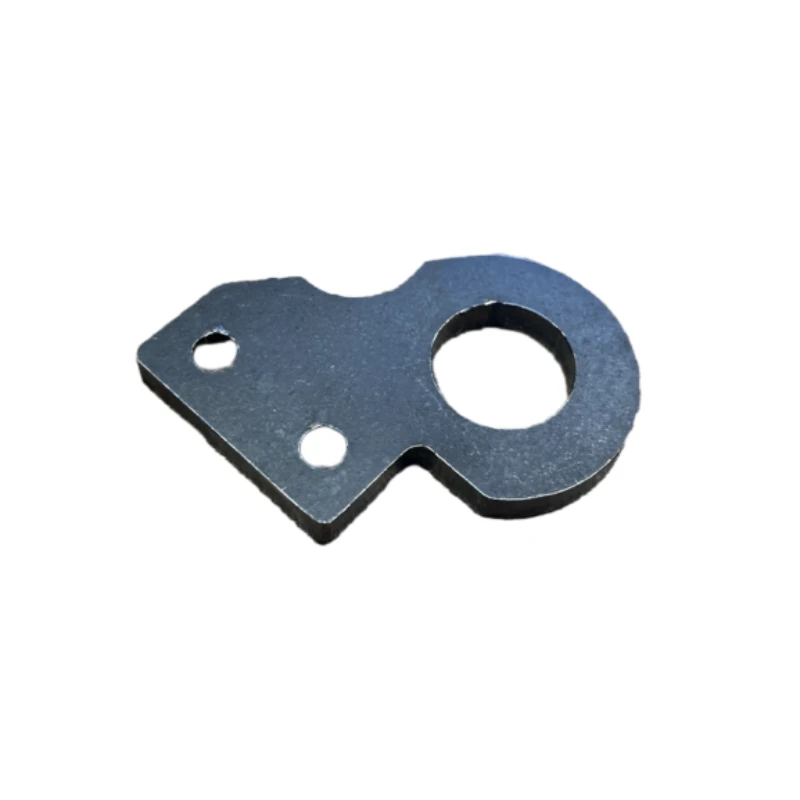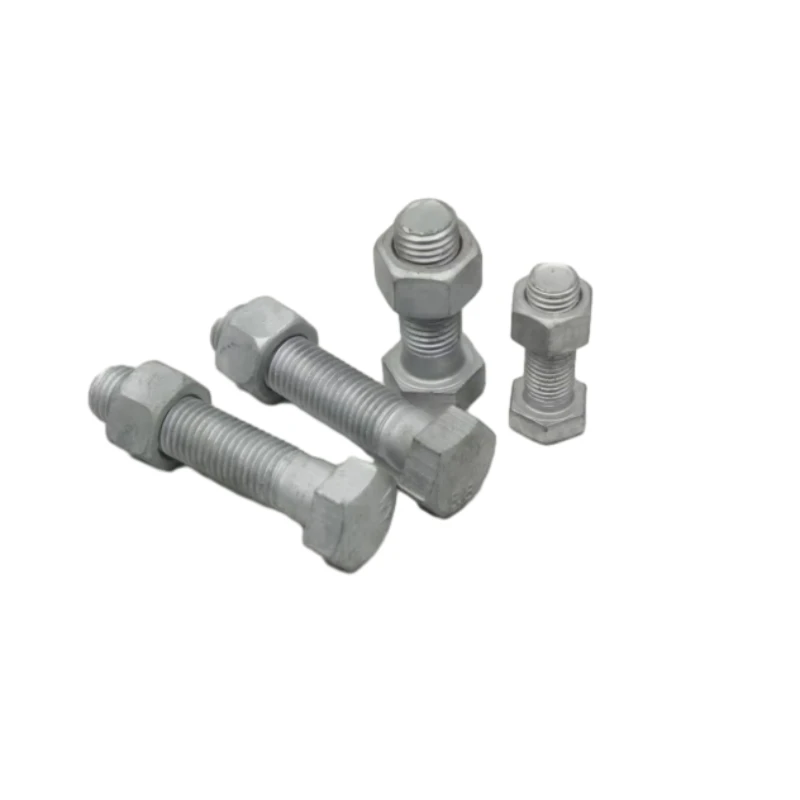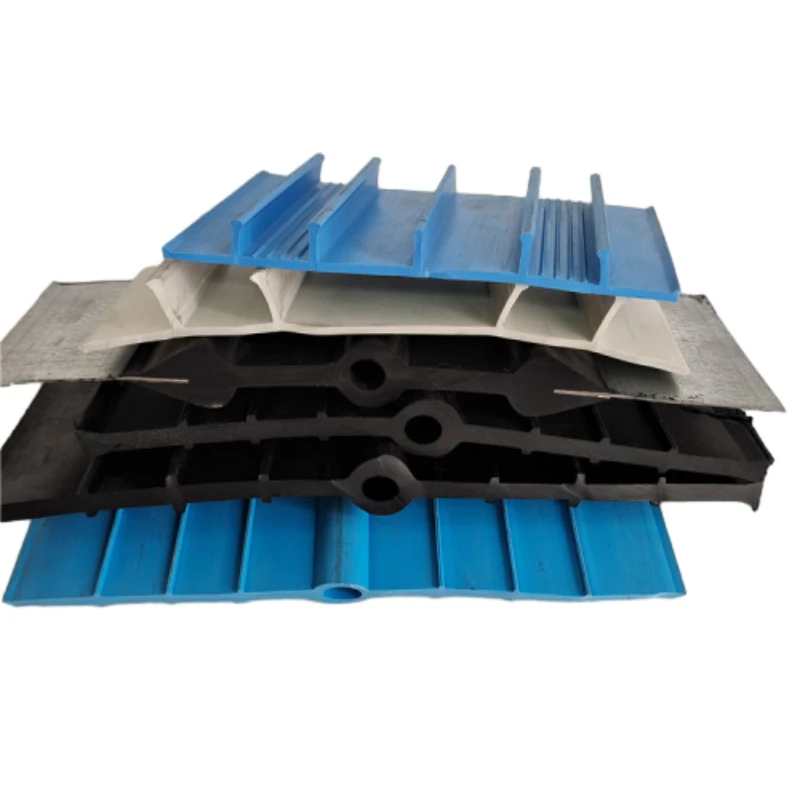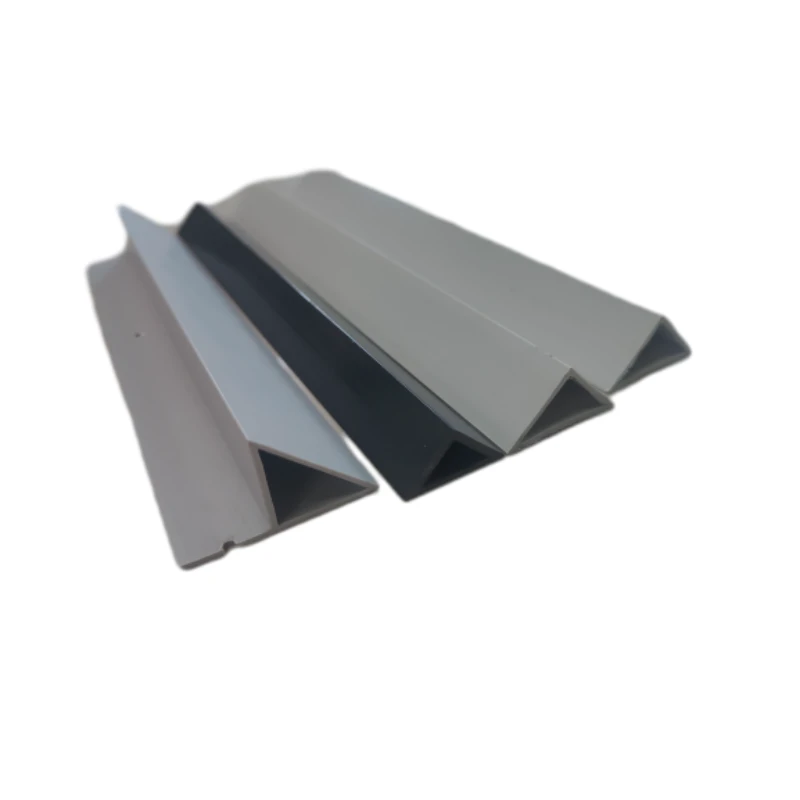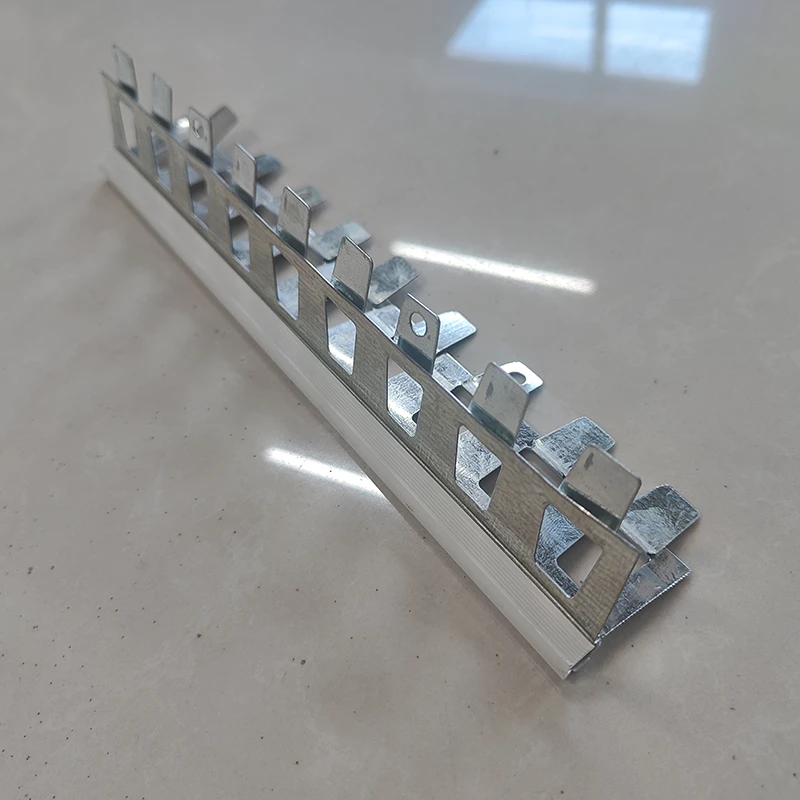- Phone: +86 132 8320 1810
- Email: annie@wrkgroup.ltd
-
- Afrikaans
- Albanian
- Amharic
- Arabic
- Armenian
- Azerbaijani
- Basque
- Belarusian
- Bengali
- Bosnian
- Bulgarian
- Catalan
- Cebuano
- China
- China (Taiwan)
- Corsican
- Croatian
- Czech
- Danish
- Dutch
- English
- Esperanto
- Estonian
- Finnish
- French
- Frisian
- Galician
- Georgian
- German
- Greek
- Gujarati
- Haitian Creole
- hausa
- hawaiian
- Hebrew
- Hindi
- Miao
- Indonesian
- Italian
- Japanese
- Javanese
- Malay
- Persian
- Portuguese
- Punjabi
- Russian
- Spanish
- Swahili
- Telugu
- Vietnamese
Aug . 08, 2025 09:32 Back To List
How Formwork Anchor Nuts Enhance Structural Stability
In the construction domain, ensuring structural stability during formwork operations is paramount. Formwork wing nut, formwork anchor nut, and formwork tie rod wing nut from CANGZHOU WORLD CUP TRADING CO., LTD. play a crucial role in achieving this goal. These components are engineered to bolster formwork systems, contributing to the overall integrity and safety of construction projects.
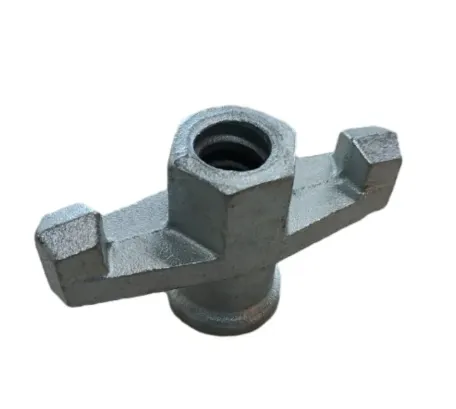
The Role of Formwork Anchor Nut in Load Distribution
- Even Force Transmission: Formwork anchor nut acts as a critical element in distributing loads evenly across the formwork structure. When concrete is poured, immense pressure is exerted on the formwork. The anchor nut, manufactured by CANGZHOU WORLD CUP TRADING CO., LTD., is designed to take this pressure and transfer it uniformly to the supporting components. This prevents localized stress concentrations that could lead to formwork failure. By ensuring that forces are spread out, the anchor nut helps maintain the shape and position of the formwork, which is essential for producing high - quality concrete structures with accurate dimensions.
- Enhancing Formwork Integrity: The use of formwork anchor nutenhances the overall integrity of the formwork system. It creates a secure connection between different formwork parts, such as the tie rods and the form panels. This secure connection minimizes the chances of formwork displacement or deformation during the concrete pouring and curing process. A stable formwork system, thanks to the anchor nut, ensures that the concrete sets correctly, leading to a stronger and more durable final structure. This is particularly important in large - scale construction projects where any formwork failure can have significant cost and safety implications.
Strength and Durability of Formwork Wing Nut
- Robust Material Composition:Formwork wing nut from CANGZHOU WORLD CUP TRADING CO., LTD. is made from ductile cast iron, as specified in the product details. This material offers high strength and durability, enabling the wing nut to withstand the harsh conditions of construction sites. Ductile cast iron has excellent impact and fatigue resistance, which means the wing nut can endure repeated tightening and loosening during formwork assembly and disassembly. Its ability to resist deformation under load ensures that it maintains its functionality throughout the construction process, providing long - term reliability.
- Corrosion Resistance for Longevity: The surface options of nature, yellow galvanized, or silver galvanized for the formwork wing nutcontribute to its corrosion resistance. Construction sites are often exposed to moisture, chemicals, and other corrosive elements. The galvanized surfaces protect the ductile cast iron from rust and corrosion, extending the service life of the wing nut. This corrosion resistance not only ensures the wing nut's durability but also helps maintain the overall stability of the formwork system over multiple construction projects. For wholesalers, this means offering a product that provides long - term value to their clients.
Precision and Compatibility of Formwork Tie Rod Wing Nut
- Accurate Dimensional Fit:Formwork tie rod wing nut is designed with precision to ensure an accurate dimensional fit with formwork tie rods. The size specification of OD15/17mm*10mm allows for a secure and tight connection. This precise fit is crucial for maintaining the structural stability of the formwork system. A proper connection between the wing nut and the tie rod prevents any slippage or movement, which could compromise the formwork's ability to withstand the pressure of concrete pouring. The accuracy in design also facilitates easy assembly and disassembly of the formwork, saving time and labor on construction sites.
- Compatibility with Formwork Systems:The formwork tie rod wing nut is highly compatible with formwork tie rod systems. It can be used in conjunction with other related products such as formwork tie rods, waller plates, steel cones, hex nuts, and rapid clamps, as listed in the product details. This compatibility allows for a seamless integration into existing formwork setups, making it a versatile component for construction projects. Whether it's a small - scale residential construction or a large - scale commercial development, the wing nut can be easily incorporated into the formwork system, enhancing its stability and performance.
Product Features Table of CANGZHOU WORLD CUP TRADING CO., LTD.'s Formwork Wing Nuts
|
Aspect |
Details |
|
Size |
OD15/17mm*10mm |
|
Weight |
300gram |
|
Materials |
Ductile cast iron |
|
Surface |
Nature/Yellow galvanized/Silver galvanized |
|
Packages |
Bags/Pallets/wooden cases |
|
Loading capacity |
More than 180KN |
|
Application |
Formwork tie rod system |
|
Related Products |
Formwork tie rod, Waller plate, Steel cone, hex nut, rapid clamp etc. |
Formwork Anchor Nut FAQS
How does the loading capacity of formwork anchor nut impact construction projects?
The loading capacity of formwork anchor nut (more than 180KN) is a critical factor in construction projects. It determines the amount of force the nut can withstand during concrete pouring. A high loading capacity ensures that the formwork system remains stable under the pressure of the wet concrete. This is especially important in projects where large volumes of concrete are used, such as in high - rise buildings or large - scale infrastructure projects. If the anchor nut's loading capacity is insufficient, it could lead to formwork failure, resulting in concrete spills, structural defects, and potential safety hazards. Thus, the high loading capacity of the anchor nut from CANGZHOU WORLD CUP TRADING CO., LTD. provides a reliable solution for maintaining formwork stability.
Can formwork wing nut be reused in multiple projects?
Yes, formwork wing nut can be reused in multiple projects. Made from ductile cast iron with corrosion - resistant surface options, it is durable enough to withstand repeated use. After each project, as long as the wing nut is properly cleaned, inspected for any damage, and stored correctly, it can be used again. This reusability not only reduces material waste but also lowers the overall cost of construction projects. For wholesalers, offering a reusable product like this adds value to their product portfolio, as clients can benefit from cost savings over time.
What makes formwork tie rod wing nut compatible with different formwork systems?
Formwork tie rod wing nut is compatible with different formwork systems due to its precise design and standardized dimensions. The size OD15/17mm*10mm is a common specification that can fit into many formwork tie rod setups. Additionally, its design allows for easy integration with other related products such as waller plates and steel cones. This compatibility ensures that it can be used in a wide range of construction projects, regardless of the specific formwork system employed. The ability to work seamlessly with various components makes it a versatile choice for construction professionals.
How does the material of formwork anchor nut contribute to its performance?
The formwork anchor nut is made from ductile cast iron, which contributes significantly to its performance. Ductile cast iron has high strength, good impact resistance, and excellent fatigue resistance. These properties allow the anchor nut to withstand the heavy loads and repeated stresses encountered in construction projects. Compared to other materials, ductile cast iron provides a balance between strength and ductility, ensuring that the anchor nut can deform slightly under extreme loads without breaking. This material choice thus ensures the anchor nut's reliability and long - term performance in formwork systems.
Are there specific installation requirements for formwork wing nut?
For formwork wing nut, proper installation is key to ensuring its effectiveness. It should be tightened to the appropriate torque to ensure a secure connection with the formwork tie rod. The surface of the formwork and the tie rod should be clean and free of debris to ensure a proper grip. Additionally, during installation, it's important to align the wing nut correctly with the tie rod to prevent any cross - threading or misalignment, which could affect the load - bearing capacity. Following these installation requirements helps maximize the performance of the formwork wing nut in enhancing formwork stability.
Latest News
-
Light Steel Structures Supporting Galvanized Metal CeilingsNewsAug.08,2025
-
Essential Tools for Working With Scaffolding PinsNewsAug.08,2025
-
Channel Strut Fittings Installation Time-Saving TipsNewsAug.08,2025
-
Best Practices for Storing Acorn Nut BoltsNewsAug.08,2025
-
Tie Nut Applications In Concrete FormworkNewsJul.23,2025



